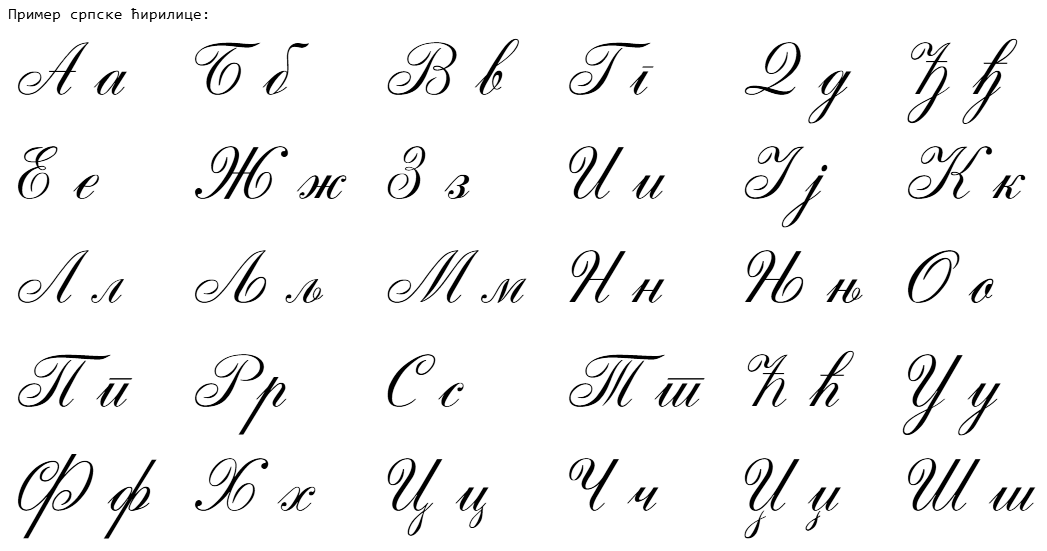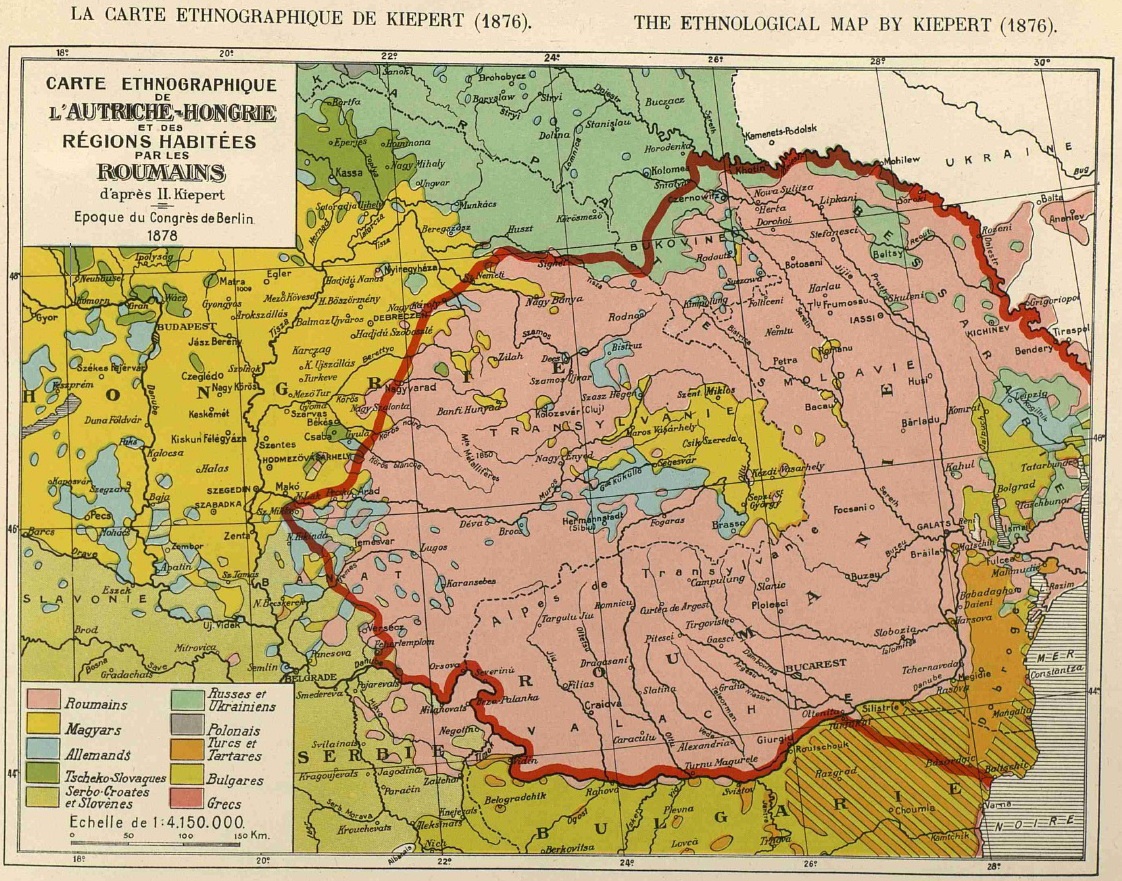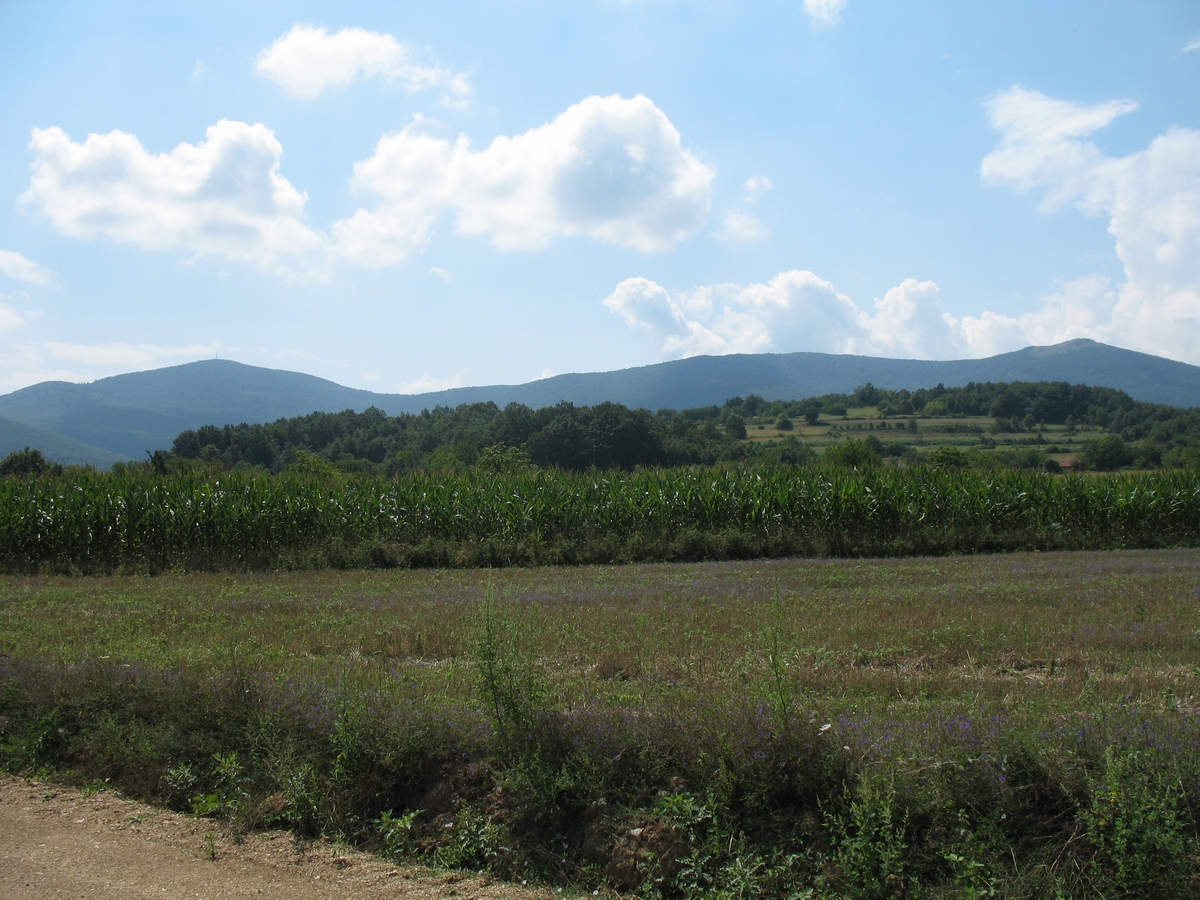|
Mosna (Majdanpek)
Mosna (Serbian Cyrillic: Мосна) is a village in Serbia. It is situated in the Majdanpek municipality, in the Bor District. The nearest town is Donji Milanovac. The village has a Serb ethnic majority and its population numbering 787 people (2002 census). History The first known settlement in the area of Mosna dates to the Iron Age, when a settlement called MrfaiaVeliki koraci (175. g. porečke škole), Orlović J, Stoimenov V, OŠ Vuk Karadžić, Donji Milanovac (in Serbian) was attested on the left bank of the Porečka River, 1.5 kilometers from its confluence with the Danube. The name Mosna was first time mentioned in 1730 (during the Austrian occupation of Serbia 1718-1739). The village then had 11 houses and was populated by Timok Romanians (referred to in Serbian as "Vlachs"). The settlement was probably founded earlier and omitted from the unsystematic censuses carried out under Turkish rule. Mosna's first inhabitants were likely from the Negotin Valley, later suppl ... [...More Info...] [...Related Items...] OR: [Wikipedia] [Google] [Baidu] |
Bor District
The Bor District ( sr, Борски округ, Borski okrug, ) is one of nine administrative districts of Southern and Eastern Serbia. It has a population of 123,848 inhabitants, according to the 2011 census results. The administrative center of the Bor district is the city of Bor and the judicial one, due to tradition, Negotin. History The Triballi dominated the region before the Roman conquest in the 1st century BC that weakened and subdued the Paleo-Balkan tribes. The Triballi, a Triballi-Dacian tribe, were defeated by the Roman army under Marcus Licinius Crassus, the consul of 30 BC. The region was organized into Moesia Inferior in 87 AD by Emperor Domitian. Hellenistic religious influence is attested through archeological findings in Rovine and Tamnič where Heracles was worshipped, a relief of Zeus, Herakles and Dionysos found in Bukovo. The Roman site of Selište with necropolis has been excavated in the village of Rogljevo. Silver and gold fibulae from 250 ... [...More Info...] [...Related Items...] OR: [Wikipedia] [Google] [Baidu] |
Majdanpek
Majdanpek ( sr-cyr, Мајданпек; ro, Maidan) is a town and municipality located in the Bor District of the eastern Serbia, and is not far from the border of Romania. According to 2011 census, the municipality of Majdanpek had a population of 18,686 people, while the town of Majdanpek had a population of 7,699. Name The name "Majdanpek" is derived from the words ''majdan'' meaning "quarry" (from Arabic ''maydān'') and '' pek'' meaning "much, big, very" in Turkish. In Romanian, the town is known as . History There is an archaeological site in Majdanpek, from the time of the Vinča culture, which provides one of the earliest known examples of copper metallurgy, dated to 5th millennium BC. Chalcolithic excavations exist in Kapetanova Pecina, Praurija, Kameni Rog and Roman site of Kamenjar. The town is famous as a copper mine district, since the early 17th century. The origin of the name is based on words ''majdan'' (related to Turkish ''madän'', mine) and river Pek - ... [...More Info...] [...Related Items...] OR: [Wikipedia] [Google] [Baidu] |
Serbian Cyrillic Alphabet
The Serbian Cyrillic alphabet ( sr, / , ) is a variation of the Cyrillic script used to write the Serbian language, updated in 1818 by Serbian linguist Vuk Karadžić. It is one of the two alphabets used to write standard modern Serbian, the other being Gaj's Latin alphabet. Karadžić based his alphabet on the previous Slavonic-Serbian script, following the principle of "write as you speak and read as it is written", removing obsolete letters and letters representing iotified vowels, introducing from the Latin alphabet instead, and adding several consonant letters for sounds specific to Serbian phonology. During the same period, linguists led by Ljudevit Gaj adapted the Latin alphabet, in use in western South Slavic areas, using the same principles. As a result of this joint effort, Serbian Cyrillic and Gaj's Latin alphabets for Serbian-Croatian have a complete one-to-one congruence, with the Latin digraphs Lj, Nj, and Dž counting as single letters. Karadžić's Cyr ... [...More Info...] [...Related Items...] OR: [Wikipedia] [Google] [Baidu] |
Village
A village is a clustered human settlement or community, larger than a hamlet but smaller than a town (although the word is often used to describe both hamlets and smaller towns), with a population typically ranging from a few hundred to a few thousand. Though villages are often located in rural areas, the term urban village is also applied to certain urban neighborhoods. Villages are normally permanent, with fixed dwellings; however, transient villages can occur. Further, the dwellings of a village are fairly close to one another, not scattered broadly over the landscape, as a dispersed settlement. In the past, villages were a usual form of community for societies that practice subsistence agriculture, and also for some non-agricultural societies. In Great Britain, a hamlet earned the right to be called a village when it built a church. [...More Info...] [...Related Items...] OR: [Wikipedia] [Google] [Baidu] |
Serbia
Serbia (, ; Serbian: , , ), officially the Republic of Serbia (Serbian: , , ), is a landlocked country in Southeastern and Central Europe, situated at the crossroads of the Pannonian Basin and the Balkans. It shares land borders with Hungary to the north, Romania to the northeast, Bulgaria to the southeast, North Macedonia to the south, Croatia and Bosnia and Herzegovina to the west, and Montenegro to the southwest, and claims a border with Albania through the Political status of Kosovo, disputed territory of Kosovo. Serbia without Kosovo has about 6.7 million inhabitants, about 8.4 million if Kosvo is included. Its capital Belgrade is also the List of cities in Serbia, largest city. Continuously inhabited since the Paleolithic Age, the territory of modern-day Serbia faced Slavs#Migrations, Slavic migrations in the 6th century, establishing several regional Principality of Serbia (early medieval), states in the early Middle Ages at times recognised as tributaries to the B ... [...More Info...] [...Related Items...] OR: [Wikipedia] [Google] [Baidu] |
Municipality
A municipality is usually a single administrative division having municipal corporation, corporate status and powers of self-government or jurisdiction as granted by national and regional laws to which it is subordinate. The term ''municipality'' may also mean the governing body of a given municipality. A municipality is a general-purpose administrative subdivision, as opposed to a special district (United States), special-purpose district. The term is derived from French language, French and Latin language, Latin . The English language, English word ''municipality'' derives from the Latin social contract (derived from a word meaning "duty holders"), referring to the Latin communities that supplied Rome with troops in exchange for their own incorporation into the Roman state (granting Roman citizenship to the inhabitants) while permitting the communities to retain their own local governments (a limited autonomy). A municipality can be any political jurisdiction (area), jurisd ... [...More Info...] [...Related Items...] OR: [Wikipedia] [Google] [Baidu] |
Donji Milanovac
Donji Milanovac ( sr-cyrl, Доњи Милановац, ) is a town in eastern Serbia. It is situated in the Majdanpek municipality, in the Bor District. It is located on the right bank of Lake Đerdap on the Danube. The population of the town is 2,410 people (2011 census). Its name means "Lower Milanovac" (there is an Upper Milanovac, as well). The management office of Đerdap national park is located in the town. It has been nicknamed a "town of 100,000 roses". Geography The town is located on the right bank of Lake Đerdap on the Danube, and is located in the Đerdap national park. The Miroč mountain lies between Donji Milanovac and Tekija and further to the south are the Kučaj mountains. The Miroč is known for the abundance of the medicinal herbs while the area surrounding the town is covered in lush deciduous forests. Via Danube, Donji Milanovac is away from Belgrade. It is situated in the ''Veliki Kazan'' gorge, a section of the composite Iron Gate gorge. At ... [...More Info...] [...Related Items...] OR: [Wikipedia] [Google] [Baidu] |
Iron Age
The Iron Age is the final epoch of the three-age division of the prehistory and protohistory of humanity. It was preceded by the Stone Age (Paleolithic, Mesolithic, Neolithic) and the Bronze Age (Chalcolithic). The concept has been mostly applied to Iron Age Europe and the Ancient Near East, but also, by analogy, to other parts of the Old World. The duration of the Iron Age varies depending on the region under consideration. It is defined by archaeological convention. The "Iron Age" begins locally when the production of iron or steel has advanced to the point where iron tools and weapons replace their bronze equivalents in common use. In the Ancient Near East, this transition took place in the wake of the Bronze Age collapse, in the 12th century BC. The technology soon spread throughout the Mediterranean Basin region and to South Asia ( Iron Age in India) between the 12th and 11th century BC. Its further spread to Central Asia, Eastern Europe, and Central Europe is somewhat ... [...More Info...] [...Related Items...] OR: [Wikipedia] [Google] [Baidu] |
Porečka River
The Porečka River ( sr, / , lit=Poreč River) is a river in eastern Serbia, a 50 km-long right tributary to the Danube in the Đerdap Gorge. It originates from two headstreams, the Šaška and the Crnajka rivers, which meet at the village of Miloševa Kula. Origin The Crnajka river, the shorter but natural headstream, originates from the central west slopes of the Deli Jovan mountain, and flows to the north, next to the villages of Tanda and Crnajka, in the valley between the Deli Jovan to the east and Veliki Krš and Mali Krš mountains to the west. The Šaška River, the longer headstream (17 km), originates from the northern slopes of the Liškovac mountain, under the mountain's highest peak, ''Veliki Liškovac'', east of the town of Majdanpek. The river flows to the south, curving around the western side of the Liškovac mountain and the northern slopes of the Mali Krš mountain, next to the oldest copper mine in Europe and once prosperous mining village of ... [...More Info...] [...Related Items...] OR: [Wikipedia] [Google] [Baidu] |
Danube
The Danube ( ; ) is a river that was once a long-standing frontier of the Roman Empire and today connects 10 European countries, running through their territories or being a border. Originating in Germany, the Danube flows southeast for , passing through or bordering Austria, Slovakia, Hungary, Croatia, Serbia, Romania, Bulgaria, Moldova, and Ukraine before draining into the Black Sea. Its drainage basin extends into nine more countries. The largest cities on the river are Vienna, Budapest, Belgrade and Bratislava, all of which are the capitals of their respective countries; the Danube passes through four capital cities, more than any other river in the world. Five more capital cities lie in the Danube's basin: Bucharest, Sofia, Zagreb, Ljubljana and Sarajevo. The fourth-largest city in its basin is Munich, the capital of Bavaria, standing on the Isar River. The Danube is the second-longest river in Europe, after the Volga in Russia. It flows through much of C ... [...More Info...] [...Related Items...] OR: [Wikipedia] [Google] [Baidu] |
Romanians In Serbia
Romanians ( ro, Românii din Serbia, sr, Румуни у Србији, Rumuni u Srbiji) are a recognised national minority in Serbia. The total number of self-declared Romanians according to the 2011 census was 29,332, while 35,330 people declared themselves Vlachs; there are differing views among some of the Vlachs over whether they should be regarded as Romanians or as members of a distinctive nationality. Declared Romanians are mostly concentrated in Banat, in Vojvodina, while declared Vlachs are mostly concentrated in the Timok Valley, in eastern Serbia. History As Daco-Romanian-speakers, the Vlachs have a connection to Roman heritage in Serbia. Following Roman withdrawal from the province of Dacia at the end of the 3rd century, the name of the Roman region was changed to Dacia Aureliana, and (later Dacia Ripensis) spread over most of what is now called Serbia and Bulgaria, and an undetermined number of Romanized Dacians ( Carpi) were settled there. Strong Roman prese ... [...More Info...] [...Related Items...] OR: [Wikipedia] [Google] [Baidu] |
Negotin Valley
The Negotin Valley ( ro, Valea Negotinului; sr, Неготинска Крајина, Negotinska Krajina) is a region in northeastern Serbia. It is isolated and distanced from other parts of Central Serbia. The Negotin Valley has unusual climatic features and hydropotential and geomorphologic sites. The region is centered around the city of Negotin. However, the borders of the region are not firmly defined. To the east, it is delimited by the Danube and Timok rivers, and to the west, by the Veliki Greben and Deli Jovan mountains. However, there are no certain geographic features to the north or south. The southern border can be interpreted as the Jelašnička River, while the northern one extends to Reka. It is agreed that the region is made up of several main centers: Negotin, Brza Palanka and since World War I, Salaš and Brusnik. It can be considered as a part of the Timok Valley. See also * Bulgarians in Serbia * Romanians in Serbia Romanians ( ro, Românii din Serbia, ... [...More Info...] [...Related Items...] OR: [Wikipedia] [Google] [Baidu] |





